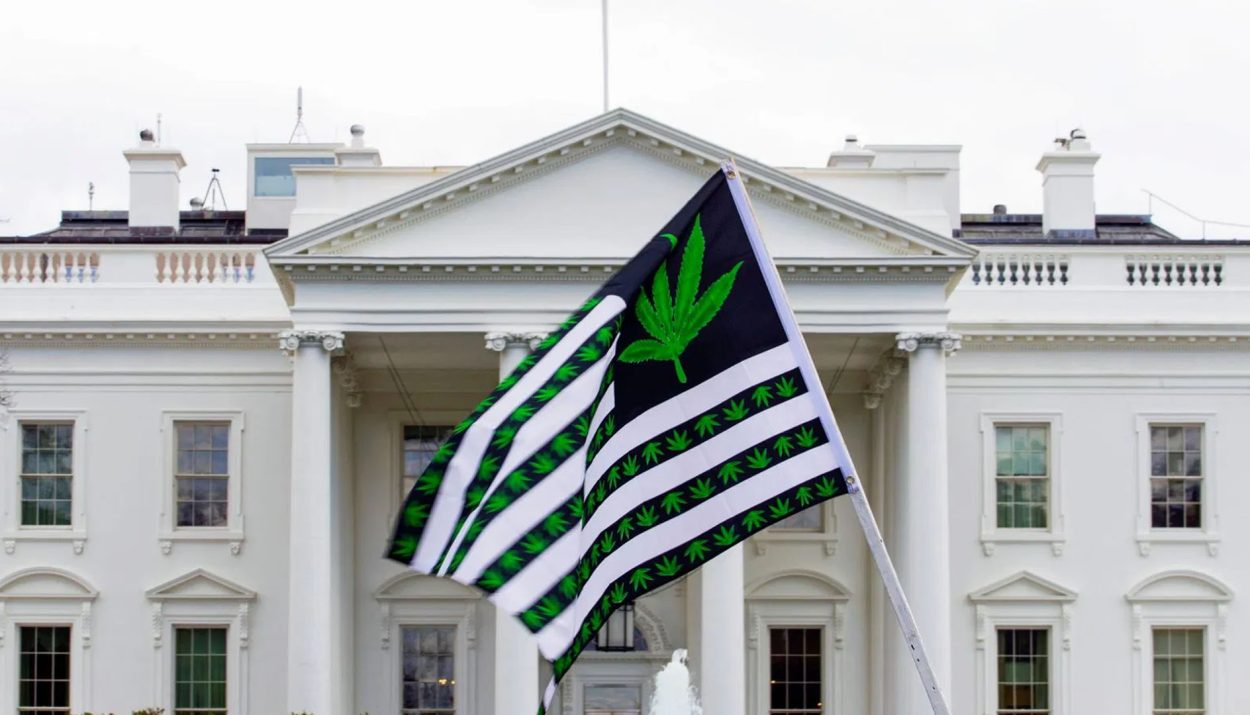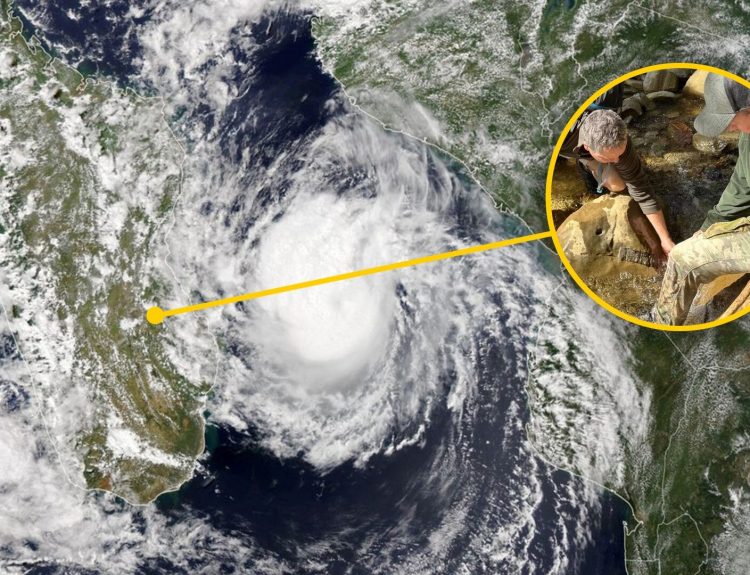Marijuana remains in legal limbo across America, still considered as dangerous as heroin by federal law. Yet state laws, medical research, and public opinion seem to say otherwise. So why the disconnect? We break down the key issues around federal marijuana policy.
DEA Keeps Weed Classified As Having “No Medical Use”
The Drug Enforcement Administration categorizes marijuana alongside heroin and LSD as a Schedule I drug – meaning high potential for abuse and no accepted medical use. This classification has been in place since 1971 despite growing evidence of marijuana’s health benefits.

Experts argue marijuana’s Schedule 1 status is not backed by evidence. Drugs like cocaine and methamphetamines are lower Schedules. The classification makes researching marijuana difficult and creates confusion between state and federal laws.
Nixon Started War Against Pot To Target “Hippies”
Marijuana first landed on Schedule 1 during Nixon’s presidency. His aim was cracking down on war protestors and minorities who used the drug, according to a former Nixon aide. The administration ignored its advisors who said weed should not be criminalized.
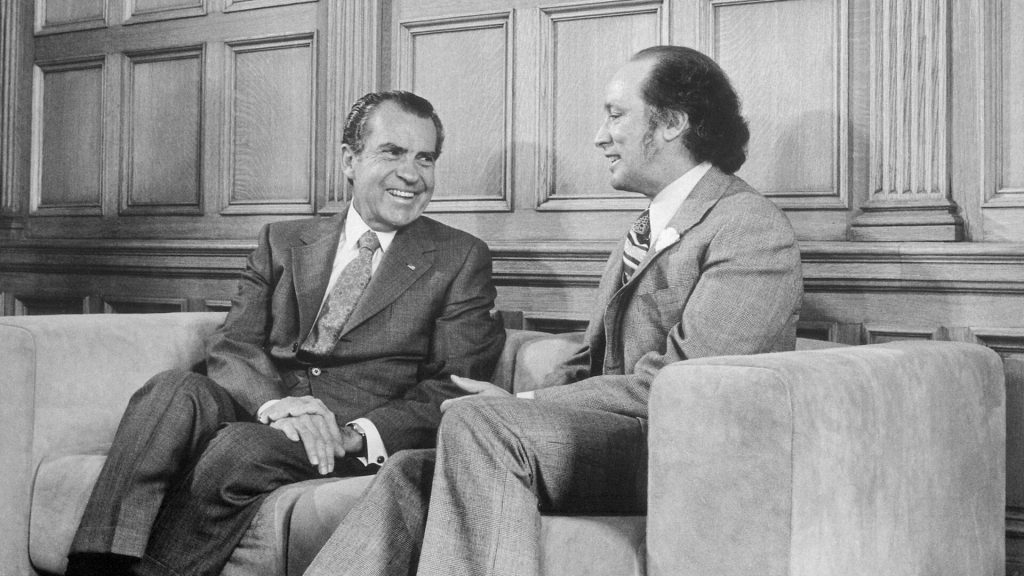
The classification had little to do with marijuana itself and more to do with who used it. Today over 70% of Americans support legalization, but the federal policy remains unchanged. Critics argue officials are unwilling to backtrack on 50 years of drug war rhetoric.
Rescheduling To Schedule 3 Would Be “Symbolic”
The DEA may soon reclassify marijuana down to Schedule 3 alongside drugs like ketamine. This would enable medical prescriptions. However, experts say it’s mainly a symbolic gesture – state marijuana violations would still break federal law.

While a Schedule 3 shift signals the government no longer sees weed as extremely dangerous, it doesn’t create real change. All cannabis sales and growth would still be federally illegal. Advocates hope rescheduling leads toward fuller reforms down the line.
Science Doesn’t Support Cannabis Restrictions
Over 30 states have legalized medical marijuana due to its benefits for conditions like chronic pain and epilepsy. Studies continue to reveal promising therapeutic uses. Yet the federal Controlled Substances Act still claims cannabis has no medical value.

This contradiction prevents seriously ill Americans from accessing treatment and stops research that could help patients. Descheduling marijuana completely could resolve these issues and align state/federal laws. But most experts don’t expect such bold action from Congress anytime soon.
Public Support Not Enough To Change Policy
Polls conclusively show most Americans support making marijuana legal. Stories of medical success combined with state legalization have shifted public opinion. So why doesn’t this public pressure lead lawmakers to change federal cannabis laws?

Experts cite a mix of stigma, slow-moving bureaucracy, and legislative priorities. While the tide is turning, some in government remain uneasy about greenlighting a former “gateway drug.” And with issues like inflation demanding attention, marijuana reform misses the top agenda.
Resistance Rooted In Outdated Fears
While studies on marijuana risks continue, evidence increasingly points to cannabis being far less harmful than past drug war messaging claimed. No one has ever died from a marijuana overdose. And it appears less addictive or toxic than legal drugs like alcohol or nicotine.
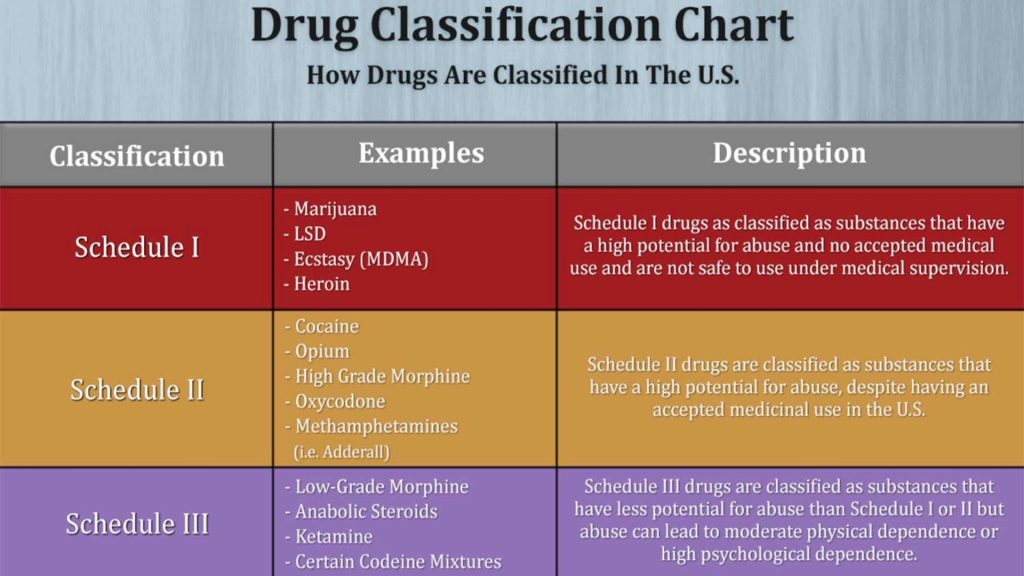
Still, some cling to dated misconceptions that pot is extremely dangerous. Until more legislators examine facts rather than age-old rhetoric around the Schedule I drug, removing marijuana from this restrictive classification will likely continue crawling along at a glacial bureaucracy pace.
Momentum Building, But Legislation Lags Behind
Between state successes, medical potential, and public opinion, momentum seems headed toward federal cannabis law reform. And administrations like Biden’s are taking baby steps like supporting research. But marijuana remains resolutely stuck on Schedule I.

Practical change still lags far behind public readiness. Politicians hesitant to be seen as “soft” on drugs refuse to catch up to where their constituents already stand. But if reform crawls slowly enough, it may stop feeling like movement to those waiting for access and justice.
Keeping Up With States Poses Growing Challenge
As more states create their marijuana programs, the gulf between federal and state cannabis laws widens. This patchwork of policies confuses Americans and complicates enforcement. It also means federal restrictions block millions from the treatment, jobs, and tax revenue flowing in legalized states.
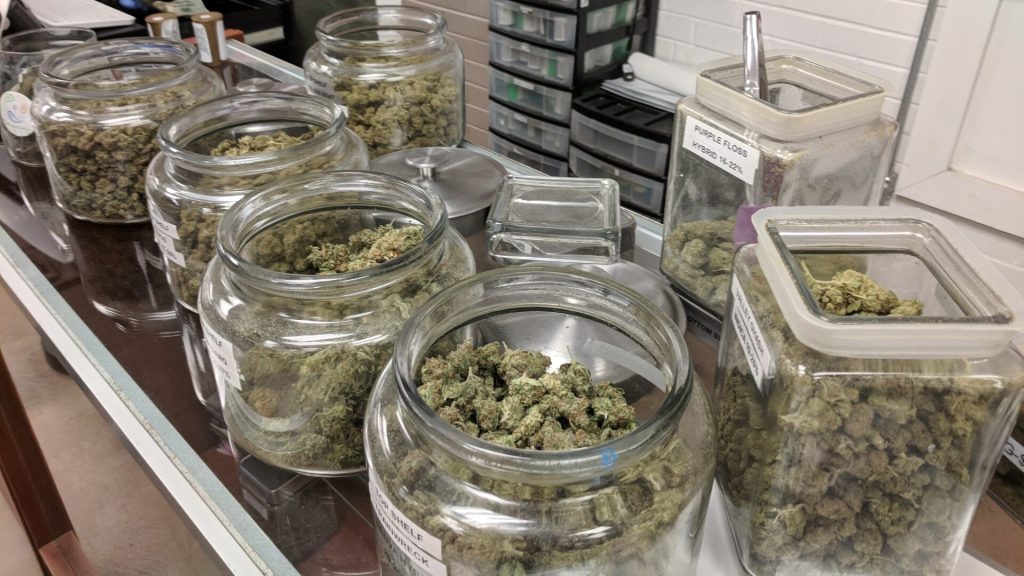
Currently, 37 states have legalized medical marijuana and 19 allow recreational use. This state-level momentum seems unlikely to slow down. Yet the federal government continues clinging to restrictive policies. This conflict between state and federal laws seems unsustainable long-term. National descheduling could resolve these clashes. But getting Capitol Hill consensus on marijuana remains daunting when lawmakers can’t even agree on election legitimacy and default on debts.
Unwinding 50 Years Of Failed Policy Presents Hurdles
Effectively addressing deeply engrained flaws with America’s marijuana restrictions requires admitting and reversing decades of problematic policy. This represents no small task for government officials long committed to doubling down on the failures of the war on drugs.

The DEA and leaders like Nixon ignored advisors and evidence on cannabis from the beginning, intentionally weaponizing policy against minorities and war protestors. Unpacking this original sin poses challenges. Entrenched bureaucracy clings to past propaganda and outdated worldviews on cannabis. And elected leaders fear softening their “tough on crime” stances. So substantive federal reform remains stalled, even as more Americans suffer from inaction.
Legalization Inevitable, But Injustices Continue
While federal marijuana policy drags behind public readiness for reform, momentum toward legalization seems inevitable in the long run. Medical potential and state policy labs demonstrate societies can function fine with legal weed. But the glacial pace of change from Washington continues inflicting real-world consequences on thousands of Americans locked up or held back due to outdated views on cannabis. And those punished under past draconian policies still await justice.
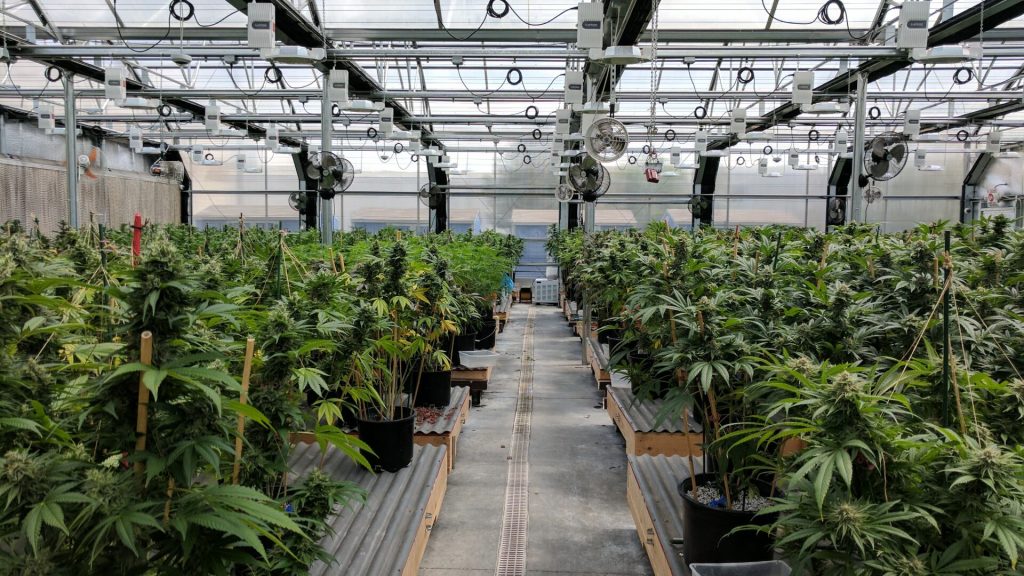
Leaders must accelerate reform efforts to unwind the harms of 50 years of propaganda-fueled policy. Only by acknowledging the racist roots of the drug war and catching federal laws up to states can America address the Greatest generation’s greatest policy mistake around marijuana.

